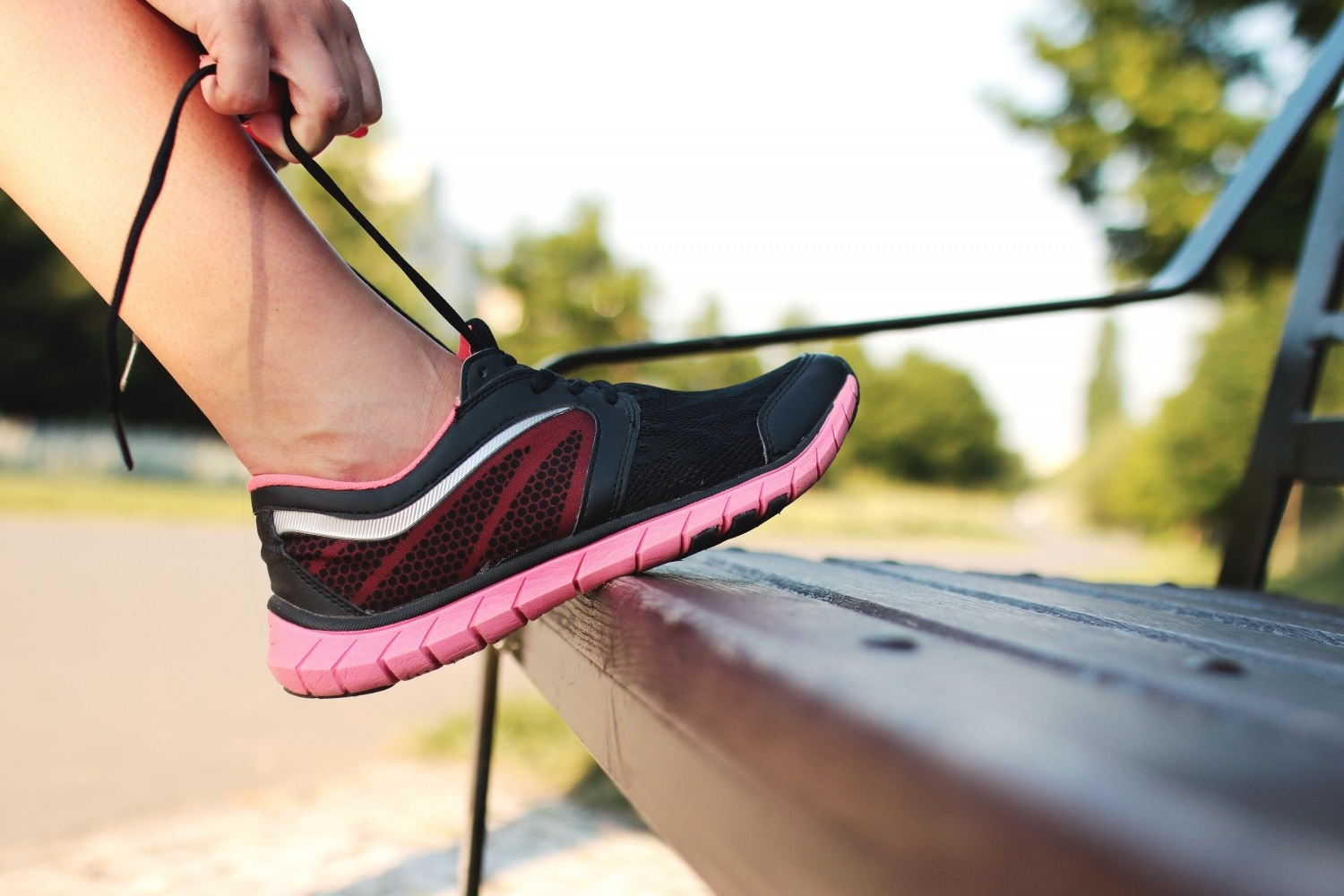Running distance: about 5.5 km – 35 min
Break A: The Bouquinistes of Paris
The 900 bouquinistes’ green boxes are a UNESCO World Heritage site ; a number of old books, engravings and periodicals can be found there...
Break B: The Institut De France
This monument was founded by the cardinal of Mazarin, and now groups ve academies: Fine Arts, Sciences, Moral and Political Sciences, Humanities, and the renowned French Academy.
Break C: The Quais De Béthune And D’Orléans
These two very aristocratic quays of Ile Saint-Louis were built from 1614 to 1646. Georges Pompidou -the President of the French Republic from 1969 to 1974- lived at n.24, quai de Béthune.
Break D: The Marché Au Fleurs (The Flower Market)
A bucolic market, both covered an open-air and mainly formed by pavilions of metal from the 1900s; on Sundays, it hosts the bird market.
Break E: The Conciergerie And The Palais De La Cité
From the 10th century to the 14th century, this palace was the seat of the Kings of France. In 1370, it then housed the Parliament, and served as a prison during the French Revolution. Marie-Antoinette was held prisoner here in 1793, just before she was executed.
Break F: The Pont Neuf
This bridge was built from 1578 to 1604, and inaugurated in 1607 ; despite the meaning of its name -the new bridge-, it is the oldest one in Paris.
